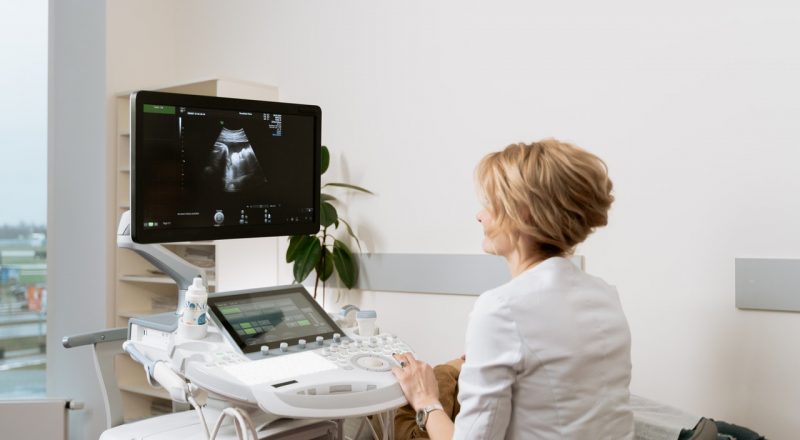What is remote therapeutic monitoring? Remote therapeutic monitoring (RTM) is a system that enables healthcare providers to monitor patients with chronic conditions remotely. There are two types of RTM: direct and indirect. Direct RTM involves monitoring equipment such as weights, blood pressure cuffs, sensors, and scales sending information back to the patient’s physician via telecommunications devices.
Indirect RTM collects data from these same sources. Still, it sends them through phone lines or radio waves to be analyzed by computer at the provider’s office for evaluation and follow-up recommendations. Remote therapeutic monitoring has been used most frequently in pediatrics and geriatrics because it enhances physicians’ abilities to monitor vital signs like weight, blood pressure, heart rates, and respiratory rates.
Remote Therapeutic Monitoring Allows Instant Adjustments of Treatment Plans, Increasing Patient Comfort
Patients are given the freedom to live their lives while undergoing therapy for cancer or other life-threatening diseases. If patients are in pain due to a shift in position, medical staff can activate remote therapeutic monitoring, who will adjust the EPF until relief is achieved. This allows patients to live comfortably without interruption to daily activities, significantly contributing towards general wellbeing.
Lesser Strain on Medical Staff and Better Patient Care
In telemedicine, doctors from outside the hospital can monitor patients via cameras and teleconference software as recommended by local physicians, leading to a reduced workforce required at hospitals. In addition, remote monitoring allows for increased timely feedback as continuous data logs are kept during treatment sessions, resulting in reduced impact on patient wellbeing and quality of life. The use of remote patient monitoring tools thus makes it easier to provide proper care for patients.
Data Sharing Between Hospitals and Healthcare Centers
Remote therapeutic monitoring allows for vast quantities of data such as image logs and patient logs to be transmitted between healthcare centers, such as district and municipal hospitals. This allows for an easier understanding of data among different facilities and creates a collective pool of knowledge to research further patient care developments.
Better Use of Resources
Remote therapeutic monitoring helps distribute medical personnel at hospitals better, providing urgent and in-depth treatment. As a result, the number of patients who may otherwise not receive adequate or timely treatment is reduced due to a lack of workforce at public hospitals during the day.
Reduction In Hospital Readmissions
Telemedicine has been found to help reduce hospital readmission rates, since it helps in linking patients at home with their physicians in the hospital, who can remotely monitor their conditions. This helps improve patient care as doctors can intervene when necessary, satisfying results result in a better quality of life for patients quickly.
Remote therapeutic monitoring has been shown to have numerous benefits for patients, physicians, and clinical teams, such as improved patient outcomes and enhanced physician satisfaction. When a patient is enrolled in a remote therapeutic monitoring trial, their medical team will perform more frequent heart monitoring tests. The data captured by these tests is used to detect changes in the patient’s condition or treatment plan, reducing doctor visits. This adds directly to improved healthcare outcomes and reduced costs.
